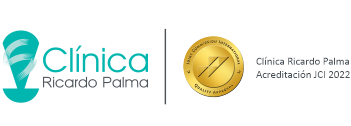×


- (+51) 01 411·4550 / (+51) 01 224·2224
- Av. Javier Prado Este 1066 Urb. Corpac - 15036 Perú
- International Department
-

August 05, 2024
Acne is a dermatological condition characterized by a chronic inflammation of the sebaceous glands, which can occur in different parts of the body, such as the face, back, chest, among others. Although its appearance is usually related to adolescence, it can also occur in people over 25 years of age or older, causing lesions with similar characteristics to juvenile acne, although other factors are involved. Dr. Carlos Sordo, dermatologist of our clinic, gives us more information about adult acne.
What causes adult acne?
Adult acne is mainly determined by genetic factors that are inherited and predispose the person to suffer from it in the face of various triggering factors. These may be local, such as the use of masks, creams or cosmetics; occupational factors that cause irritation or oily skin; or systemic factors related to the use of medications, dietary supplements, hormonal changes, etc.
What does the treatment involve?
Once the triggering factors have been assessed, the appropriate treatment can be initiated. This can be conventional, based on antibiotics and retinoids (compounds related to vitamin A or retinol), both topical and systemic, or facial and esthetic components, as well as complementary procedures.
How can we prevent this?
This disease cannot be prevented. When there is a family history of acne or associated diseases, you should try to lead a healthy life and a balanced diet, being always alert to the appearance of lesions so that they can be treated in a timely manner, in order to control or minimize their appearance and severity.
Remember:
It is advisable to attend frequent dermatological checkups to detect and treat any skin problems early, including adult acne. A regular follow-up will allow a proper and personalized management of your skin health.
Dr. Carlos Sordo
Dermatologist at Clínica Ricardo Palma